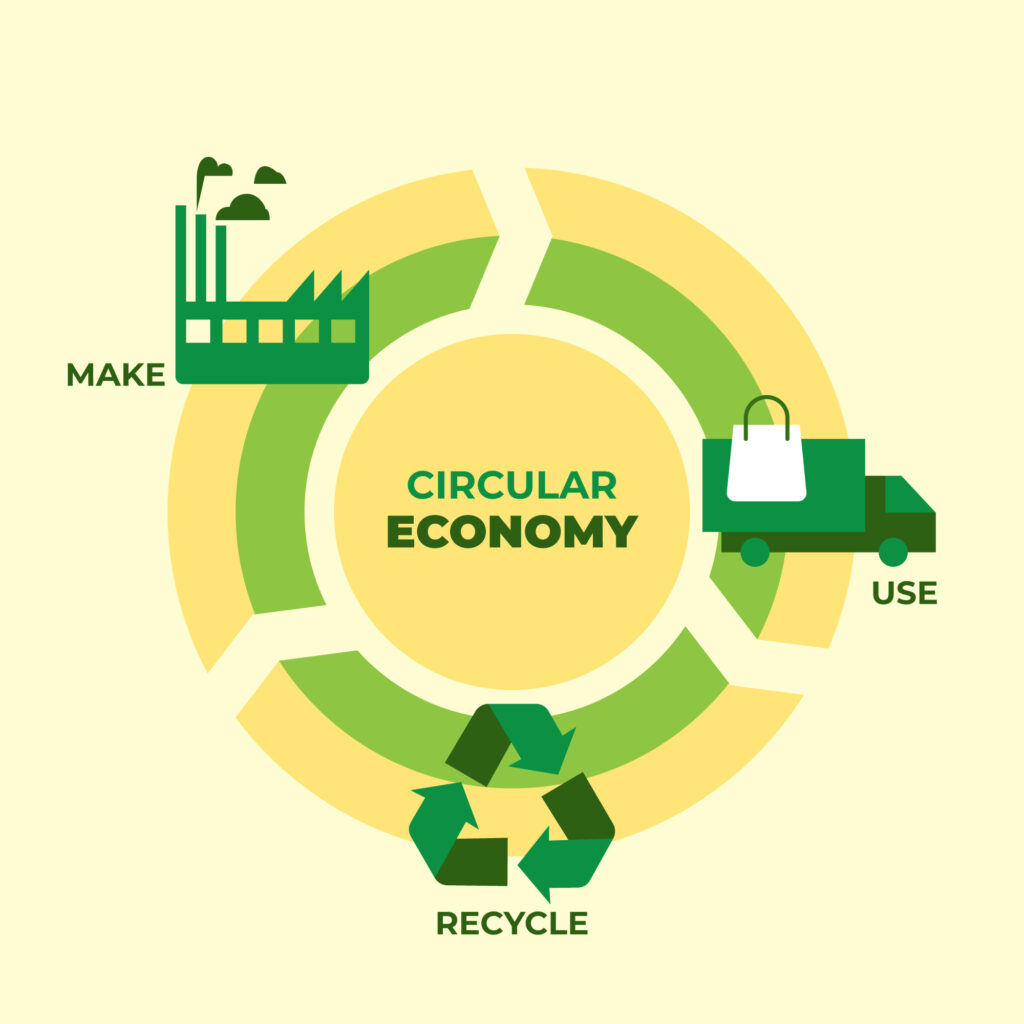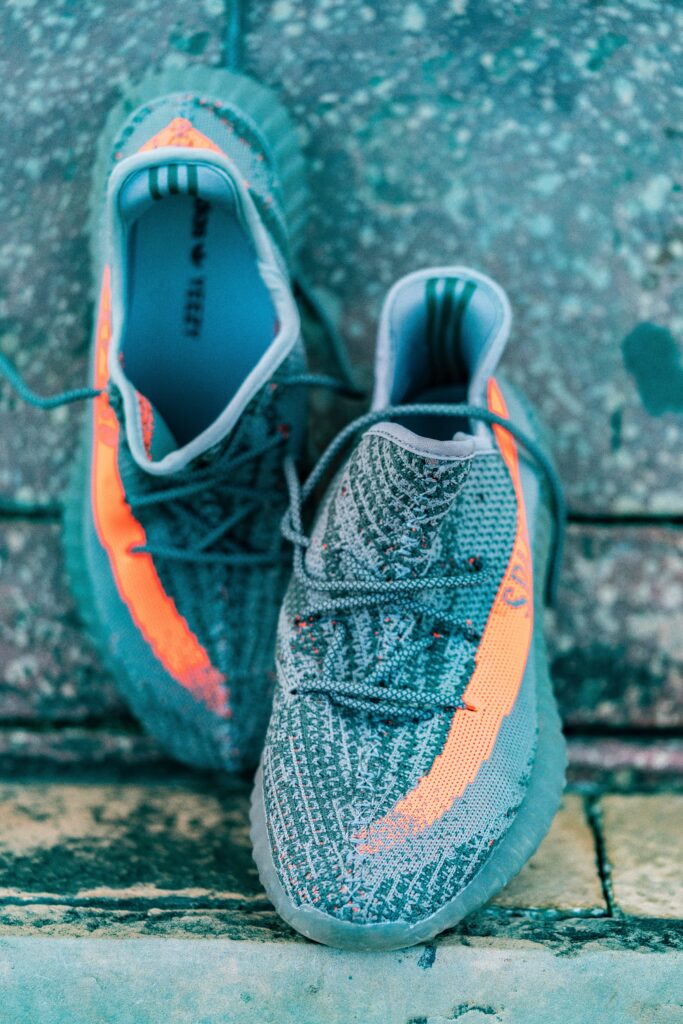The Circular Economy
The circular economy is an economic model that aims to reduce waste and pollution by keeping resources in use for as long as possible. It is a shift away from the traditional linear economy model, where resources are extracted, used, and then discarded. In a circular economy, products are designed to be reused, repaired, and recycled, creating a closed loop where materials are continually reused and waste is minimized.

When it comes to second-hand footwear, the circular economy offers a sustainable solution to the environmental impact of fast fashion. According to a report by the Ellen MacArthur Foundation, the fashion industry produces 92 million tons of waste each year, and the equivalent of one garbage truck of textiles is landfilled or burned every second. This waste is not only harmful to the environment but also to human health, as the chemicals used in textile production can pollute waterways and harm workers. By buying second-hand footwear, we can reduce the amount of waste produced by the fashion industry and keep valuable resources in use.
The circular economy model for second-hand footwear is simple: instead of throwing away old shoes, they are collected, refurbished if necessary, and resold. This approach not only reduces waste but also offers a number of benefits for consumers:
- Affordability: Second-hand footwear is often much cheaper than buying new, making it a more accessible option for people on a budget.
- Quality: Many second-hand shoes have already been broken in, meaning they are more comfortable to wear than new shoes. Additionally, high-quality shoes are often designed to last for years, meaning they can still be in good condition when donated or resold.
- Unique style: Second-hand footwear offers the opportunity to find unique styles and designs that are no longer available in stores. This is particularly appealing for those looking for vintage or retro styles.
- Sustainable fashion: Buying second-hand footwear is a great way to participate in sustainable fashion. Instead of contributing to the environmental and social issues associated with fast fashion, buying second-hand supports a circular economy and reduces waste.
However, it is important to note that the success of the circular economy for second-hand footwear relies on the cooperation of both consumers and manufacturers. While consumers can make an impact by choosing to buy second-hand, manufacturers must also consider the design and end-of-life of their products. This includes using materials that are easier to recycle and designing shoes that can be disassembled for repair and reuse.

The circular economy offers a promising solution to the environmental impact of the fashion industry, particularly in regards to second-hand footwear. By keeping valuable resources in use and reducing waste, the circular economy offers a sustainable alternative to the traditional linear model. Buying second-hand footwear not only offers a number of benefits for consumers but also supports a more sustainable and responsible fashion industry.

